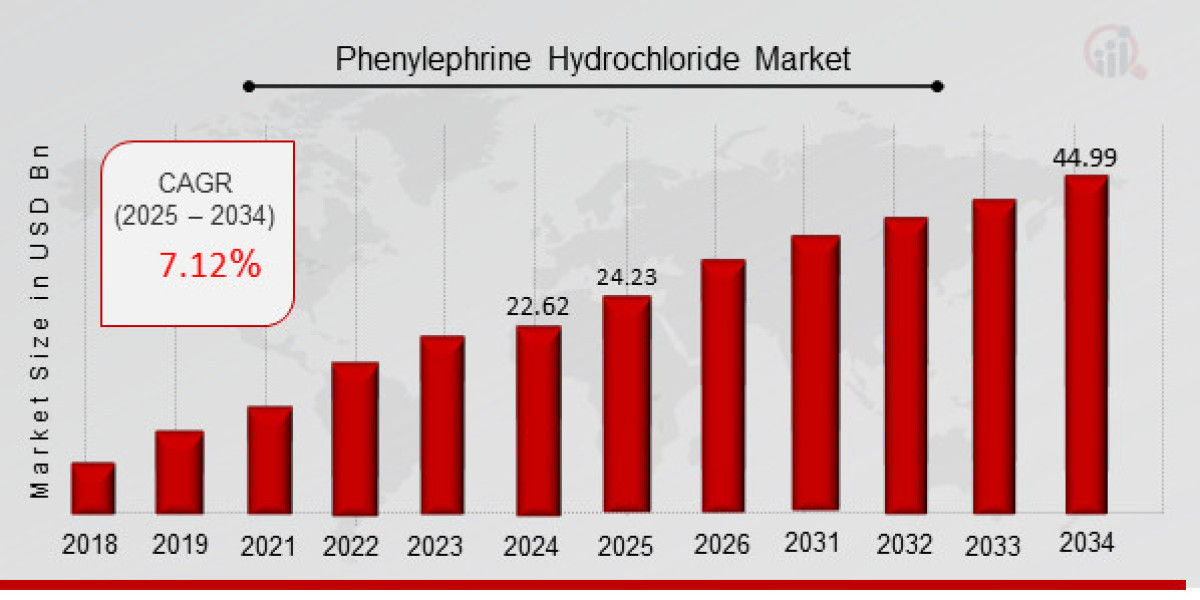Personalized PEGylation: Tailoring Treatments for Individual Needs
The era of one-size-fits-all medicine is fading, replaced by a paradigm of personalized therapies designed to maximize efficacy and minimize adverse effects. In the realm of protein therapeutics, PEGylation – the process of attaching polyethylene glycol (PEG) polymers to proteins – is undergoing a significant transformation. Once a standardized technique, PEGylation is now being meticulously tailored to individual patient profiles, ushering in a new age of precision medicine.
PEGylation has long been a cornerstone of biopharmaceutical development, extending the half-life of proteins, enhancing their stability, and reducing immunogenicity. However, the traditional approach often involved a uniform application of PEGylation, neglecting the inherent variability among patients. This oversight could lead to suboptimal drug delivery, inconsistent therapeutic responses, and even adverse reactions.
Enter personalized PEGylation, a strategy that recognizes the unique physiological characteristics of each patient. Factors such as age, weight, renal function, and genetic predispositions can significantly influence drug pharmacokinetics and pharmacodynamics. By considering these variables, researchers are developing PEGylated proteins that are precisely calibrated to meet individual needs.
Understanding the Need for Personalization
The rationale behind personalized PEGylation stems from the understanding that:
- Pharmacokinetic Variability: Patients exhibit diverse rates of drug absorption, distribution, metabolism, and excretion. A standardized PEGylation strategy may result in overexposure or underexposure to the therapeutic protein, compromising efficacy and safety.
- Immunological Differences: The immune system's response to PEGylated proteins can vary significantly among individuals. Personalized PEGylation aims to minimize immunogenicity by optimizing the size, structure, and attachment site of the PEG polymer.
- Disease-Specific Factors: The progression and severity of diseases can differ substantially among patients. Tailoring PEGylation to the specific disease stage and patient characteristics can enhance therapeutic outcomes.
Strategies for Personalized PEGylation
Several innovative strategies are being employed to achieve personalized PEGylation:
- Pharmacokinetic Modeling: Advanced computer simulations are used to predict drug behavior in individual patients, enabling the selection of optimal PEGylation parameters.
- Genetic Profiling: Analyzing a patient's genetic makeup can identify variations that influence drug metabolism and response, guiding the design of personalized PEGylated proteins.
- Biomarker Monitoring: Real-time monitoring of biomarkers can provide insights into drug efficacy and safety, allowing for adjustments to PEGylation strategies as needed.
- Site-Specific PEGylation: This process allows for the PEG polymer to be attached to very specific locations on the protein, allowing for very controlled and predictable results.
- Variable PEG chain length: The length of the PEG chain directly effects the half life of the drug. By varying the length, a doctor can adjust the dose frequency.
Clinical Implications and Future Directions
The advent of personalized PEGylation holds immense promise for improving the treatment of a wide range of diseases. In oncology, for instance, it can enable the delivery of targeted therapies with enhanced precision, minimizing off-target effects and maximizing tumor response. In autoimmune diseases, it can facilitate the development of immunomodulatory agents that are tailored to the specific immune dysregulation of each patient.
Looking ahead, the integration of artificial intelligence and machine learning will further enhance the capabilities of personalized PEGylation. These technologies can analyze vast amounts of patient data to identify patterns and predict optimal PEGylation strategies.
However, challenges remain. The development of personalized PEGylated proteins requires sophisticated analytical tools, extensive clinical trials, and a collaborative effort among researchers, clinicians, and regulatory agencies. Overcoming these hurdles will pave the way for a future where PEGylated therapies are truly tailored to the individual, maximizing therapeutic benefits and transforming patient care.
In conclusion, personalized PEGylation represents a significant advancement in biopharmaceutical development, reflecting the broader trend towards precision medicine. By recognizing the unique needs of each patient, this innovative approach is poised to revolutionize the treatment of a wide range of diseases, bringing us closer to a future of truly individualized healthcare.








